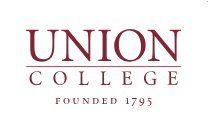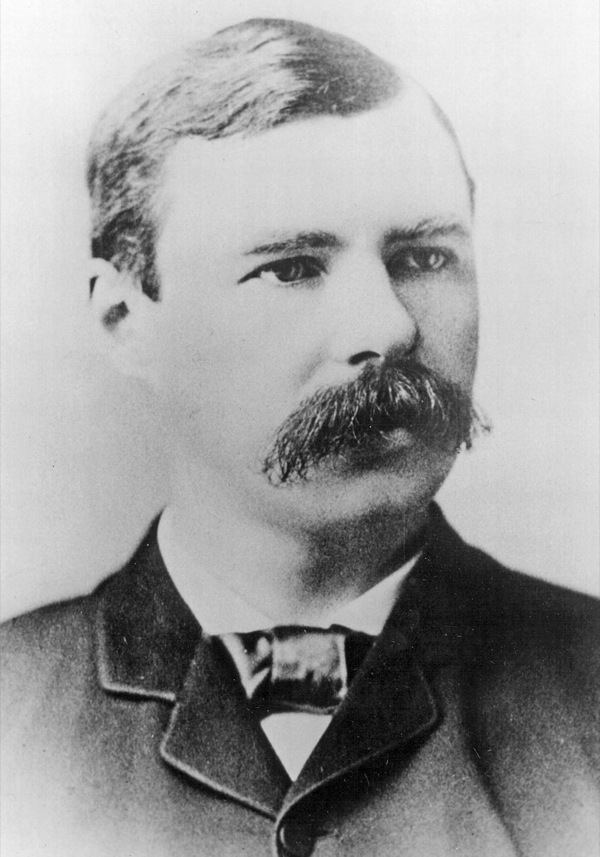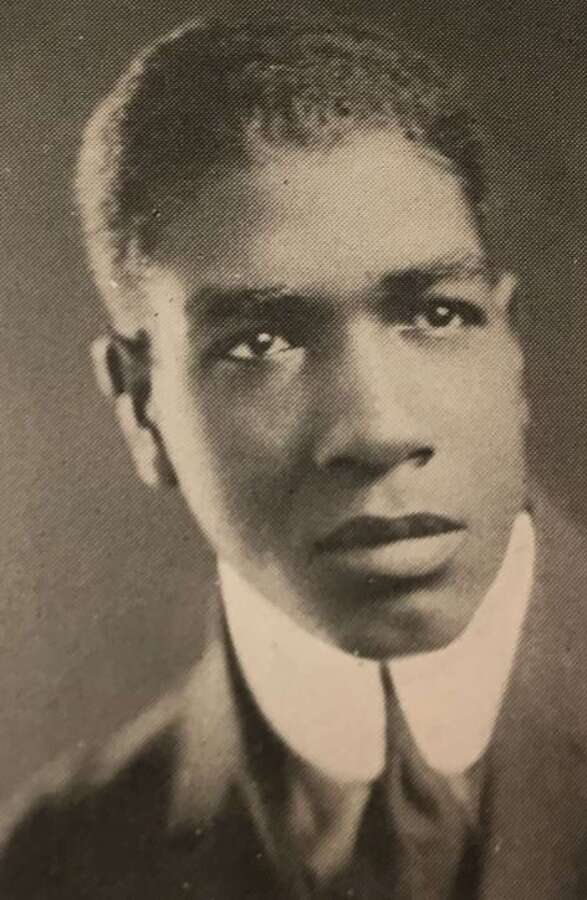Selected Alumni
Squire Whipple (Class of 1830)
Squire Whipple (1804-1888) was a civil engineer and author who is considered to be the father of scientific bridge building. Whipple received his first patent for a bridge truss on April 24, 1841. This action served as the foundation for the "Whipple Truss" which consisted of cast iron for compression and wrought iron for tension. Whipple was involved in the construction of many bridges on railroads and on the Erie Canal. In 1847, he wrote the first publication in modern history to discuss bridge building. His work left behind a legacy of ideas that helped shape the field of civil engineering. One of his bridges which crossed the Cayadutta Creek in Johnstown, New York, was donated to Union College in 1979 where it was reassembled. It currently provides pedestrian access across Hans Groot's Kill near the Frank L. Messa Rink and the Viniar Athletic Center.
Wendell King (Class of 1924)
Wendell King (1897-1965) was an electrical engineering student and radio pioneer. He is thought to have conducted one of the first commercial radio broadcasts while at the College's radio club, then operating under the call sign 2ADD. Briefly employed by GE, his presence at the company led to a strike in 1917. Though he did not finish the engineering program, his accomplishments included a distinguished professional career as chief engineer for an Ohio radio station and as a research electrical engineer in Erie, Pennsylvania. King is one of the earliest African American students to attend Union College.
Florence Buckland (Class of 1925)
Florence Fogler Buckland (1898-1967) received a Master of Science in Electrical Engineering from Union in 1925, 45 years before co-education began at Union College (50 years before another woman received the same degree at the College). Buckland graduated at a time when educational opportunity was severely unequal between the sexes. She began her career at the turbine engineering department at GE and later worked as a fluid flow consultant. A pioneer in her field, she was also the third female member of the American Society of Mechanical Engineers and a member of the American Institute of Electrical Engineers.




